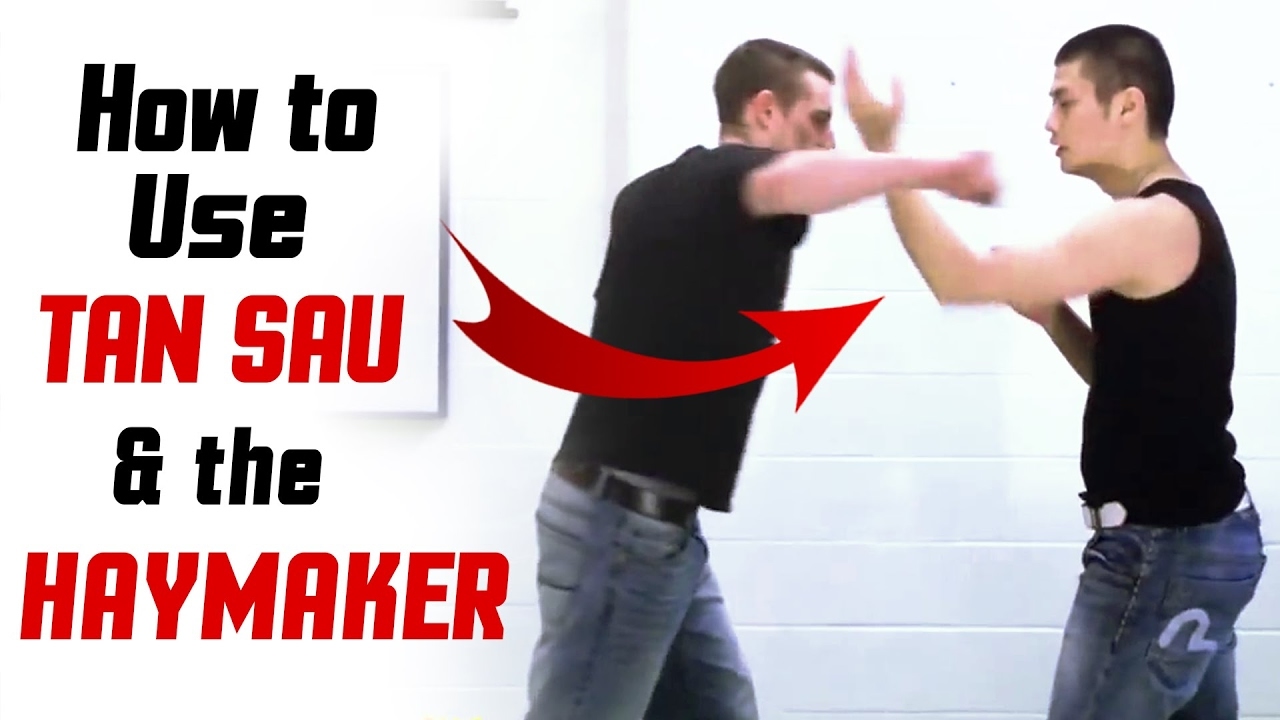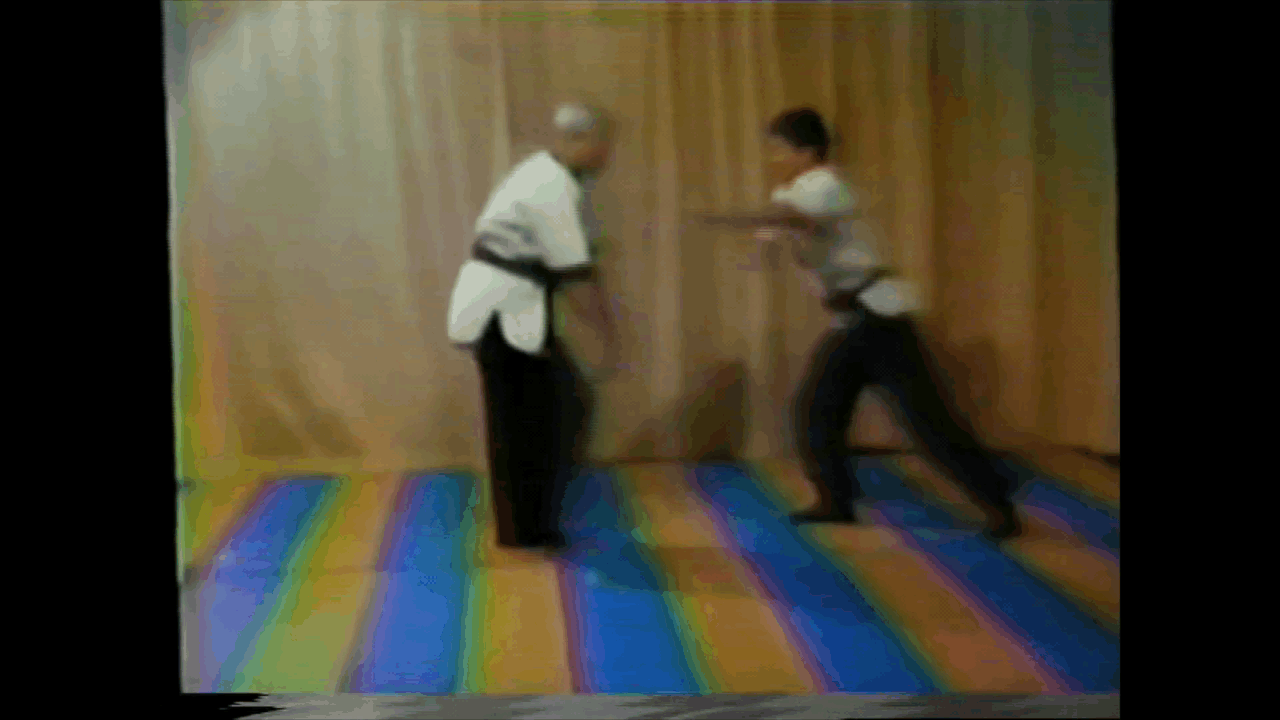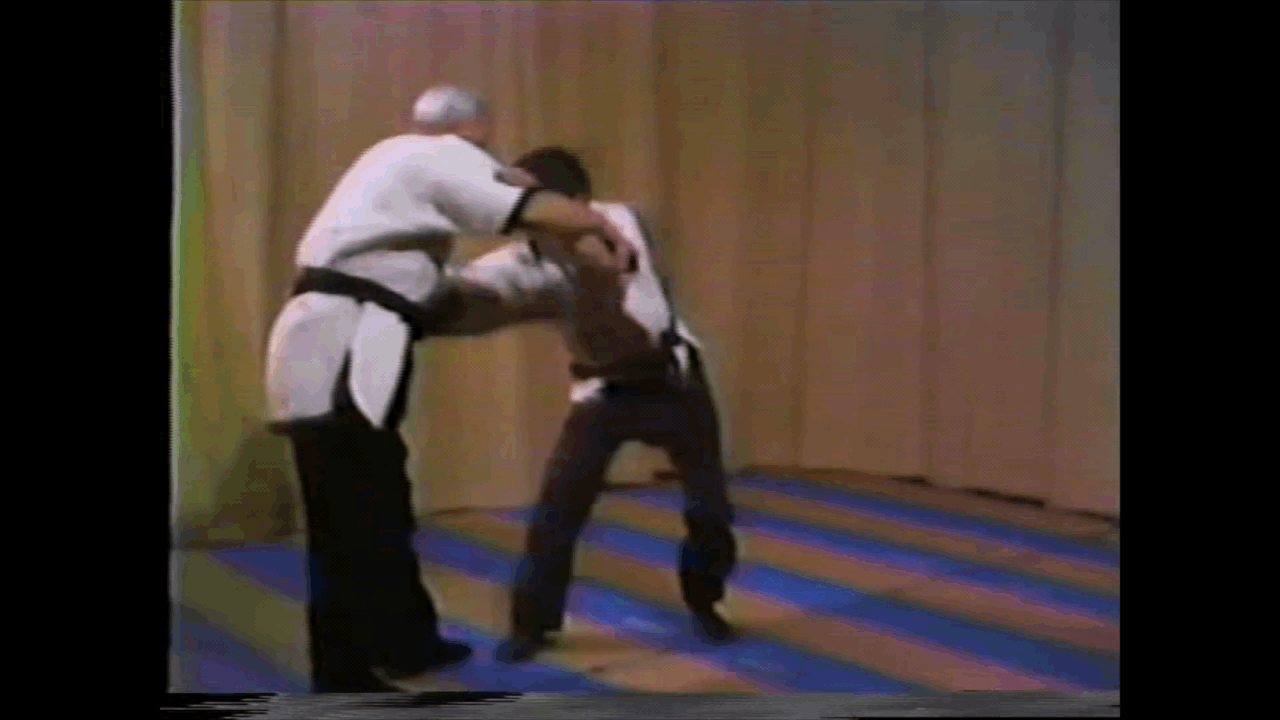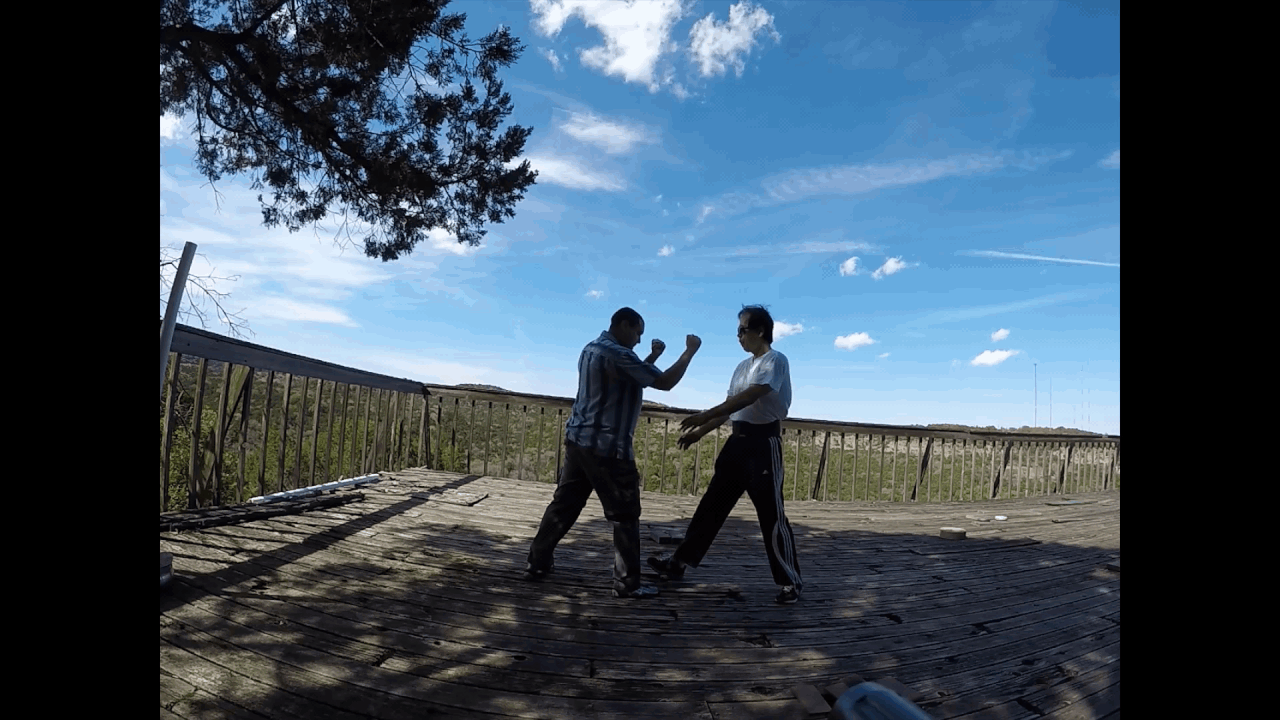wckf92
Master of Arts
@Kung Fu Wang I should clarify that I'm talking about your "arm wrap" scenario.
I agree with you about the wrist grab. But it is not a prolonged event. I'm not grabbing to maintain; only to violently pull...
I agree with you about the wrist grab. But it is not a prolonged event. I'm not grabbing to maintain; only to violently pull...






